DJI’s new firmware has certainly stirred the pot in the professional community. With restrictions popping up in unexpected places, the professional drone pilot community has been deluged with stories of unfulfilled contracts and sometimes downright enragement over this new firmware. But what’s really going on?
What’s the issue?
With the release of the newest product in DJI’s consumer line, the Spark, came a firmware update that… “sparked” the controversy (pun intended). If you don’t know, professional flyers have a special certificate from the FAA known as a ‘Part 107,’ which allows you to charge for your services. This certificate reflects your knowledge of how to properly navigate airspace per FAA regulations.
 |
|
When DJI introduced the consumer-friendly Spark drone, it also introduced new firmware that was not so friendly to professional flyers.
|
For example, we all know (or should at least) that flying within 5-miles of an airport is restricted airspace. There are different classes of restricted airspace, which we don’t need to discuss in detail here, but one way to get around these restrictions is to call the tower responsible for the airspace and give them an advisement of when you’ll be flying, and for how long. They’ll come back and let you know if you’re cleared or not.
How DJI handled this in the past
In previous versions of the DJI firmware, if you were flying in an area with restrictions, a warning would pop up and you could simply click an acknowledgement button, then go ahead and fly. This was great for pros, but unfortunately some non-Part 107 pilots have made life difficult for all of us by clicking this acknowledgement and proceeding to fly where they shouldn’t. For example, just look at the recent case of pilot flying a drone near a fire that grounded all the firefighting airplanes as a result.
DJI’s new solution
DJI’s new solution is rather draconian: simply ground all drones in restricted airspace. If you have legitimate reason and proper training to fly in a restricted zone, you can email DJI for a temporary unlock for a specific zone. However, it can take 24 hours and beyond to get unlocked. And you won’t know if it actually worked until you get on set. This is completely impractical for Part 107 pilots, as doing a test flight the day before is most-often unacceptable – for clients and logistics alike.
Furthermore, these restricted ‘zones’ sometimes pop up in unrestricted areas. Again, you won’t know until you actually get on set. Also, some of these restricted zones can’t be unlocked for any reason, even though a Part 107 pilot can get authorization from the FAA. Finally, the DJI unlock code is not valid if you use any 3rd party mapping software, even though DJI has released its API.
 |
| When DJI introduced the new restrictions with their GEO protocol, social media exploded… |
DJI: The new drone police?
So, is it DJI’s job to police airspace, or have they gone too far? In 2015, someone landed a DJI Phantom 2+ on the White House lawn and people went nuts. So DJI responded by restricting some government spaces, like the White House and Pentagon. Nobody complained. Then they added some major airports. Nobody complained. Then they added the entire FAA map. Nobody complained. Now, they’ve created an entire bureaucracy of their own which is even more strict than the FAA. Have they gone too far?
Professional pilots fighting together
Some drone pilots have banned together with the thought in mind to sue DJI in a class action law suit. However, a quick look at the license agreement that people agree to when using a DJI drone precludes this action. It’s in the third paragraph… you should read it. Basically, often times a company is motivated to settle a class action dispute because the costs of courts and trials are extremely high. Arbitration is low. Furthermore, preventing groups from banding together means that every single case is settled independently. Privately, and quietly. It puts all the power in DJI’s hands.
 |
| The third paragraph of DJI’s UAS Terms of Use |
Other professionals have vowed to no longer endorse nor use DJI products. DJI is so big because of the professionals. When other brands were on top right along with them, DJI made sure to tell everyone what was shot with their equipment. Now, they’ve grown to be such a monster company that few people even care anymore. Again, the power is in DJI’s court.
Plus, what professional can seriously justify re-purchasing all their drones from different manufacturers now? Not this one. Sure, they may not buy DJI again until this problem is remedied… but how much does that cost DJI? Not a lot.
So, what’s the motivation for DJI to find some sort of compromise, or roll back this (terrible) idea? Honestly, I’m struggling to figure it out.
A lot of professionals are likening DJI to Apple on this front (yours truly included). DJI, like Apple, started with products designed for the hobbyist. DJI then moved to products for professionals, and kicked the collective rear-ends of their competition with products like the Phantom and Spreading Wings series. Finally, they transitioned to a more consumer market (Phantom Standard, Mavic, Spark), and stopped paying so much attention to the professional.
How do we solve this?
Believe it or not, quite a bit of the United States is in some type of controlled airspace. Augment that with these phantom zones (uncontrolled airspace, but for some reason still designated as no-fly zones by DJI), and the likelihood that you’ll be unable to fly your drone where you want, when you want, is greatly increased.
And that’s just in the US! DJI no-fly zones affect the entire planet!
 |
| Unsure of just how much air space is restricted? Take a look at this FAA map of the area around Houston, Texas. The blue and red rings represent restricted airspace. |
DJI, I hope you read this article. I hope this was just a mistake. I’ve used your products from the very beginning (Wookong M v1), and have always loved them. But in all honestly, I don’t believe it’s your place to restrict airspace. It’s not your place to override a lawful professional’s ability to fly in a way that is conducive to his or her business. You make great products. Keep making them, but stop being some sort of bureaucratic authority.
If you truly want to make things work, and try to cooperate with the FAA, I have a very simple idea. Have the mobile device running the DJI GO app send a ping to the FAA if a drone enters restricted airspace and forward the ping to the tower controlling that airspace. If the tower did not authorize the drone, then there is already a mechanism in place from the FAA to handle the situation.
One truth here is self-evident: it is the pilot’s responsibility to know where and when they can fly. Even amateurs can get permission from a tower to fly in a restricted zone. This is not a privilege reserved for pros. DJI’s older method of handling restricted airspace (informing and forcing the user to acknowledge) puts the responsibility right where it belongs: on the pilot.
But hey… that’s just my opinion. Feel free to comment, and tell us your opinion! Is DJI overstepping, or did they do the right thing?
Ty Audronis has been a professional multicopter pilot in the television and cinema industry since 2003. He also consults on post-production technology, and is on the advisory board for SOAC (Society of Aerial Cinematography).
Articles: Digital Photography Review (dpreview.com)














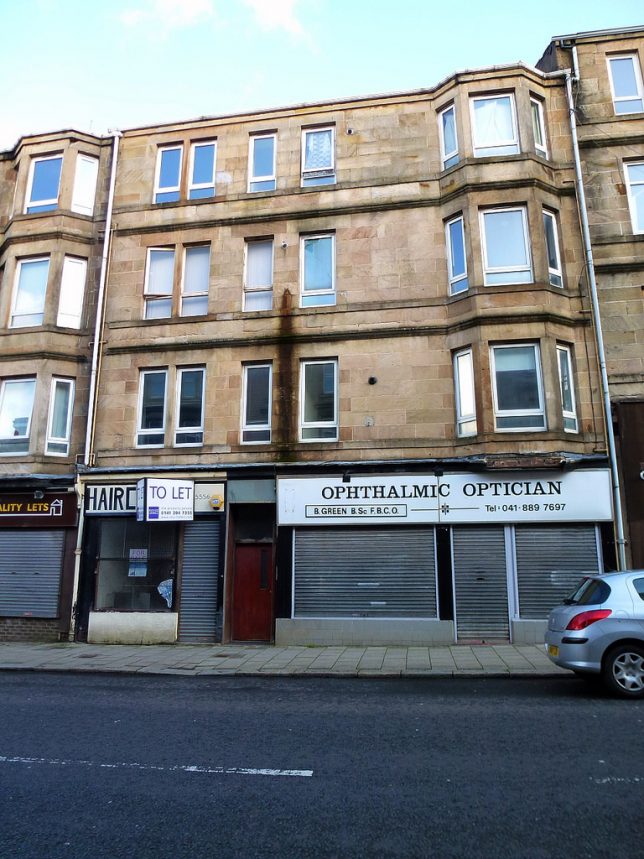

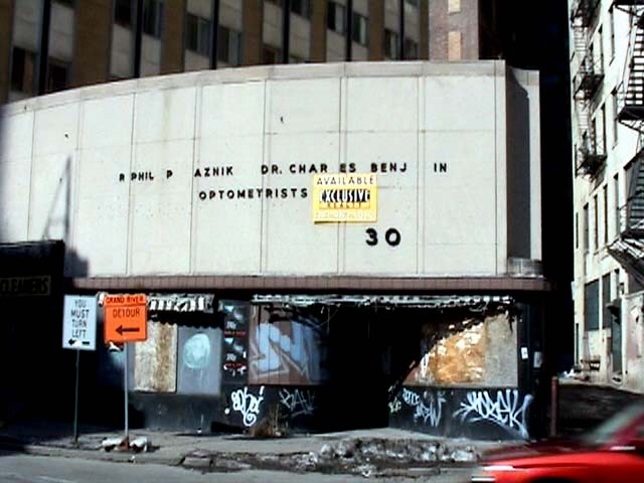









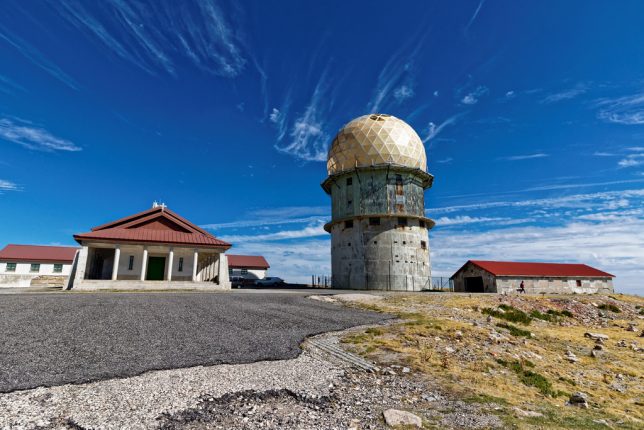

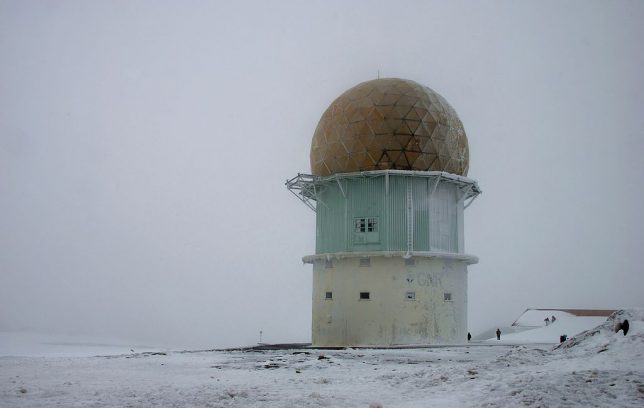
















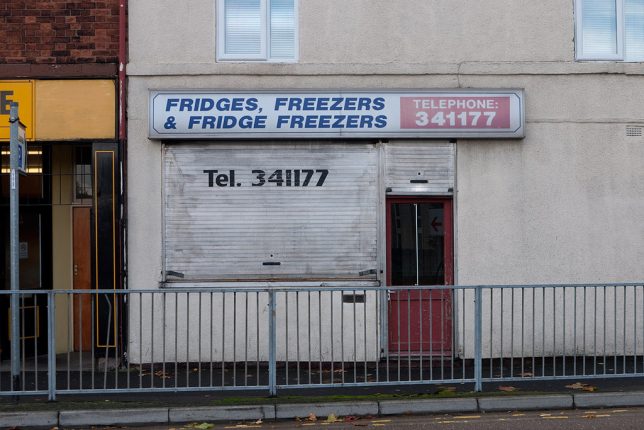










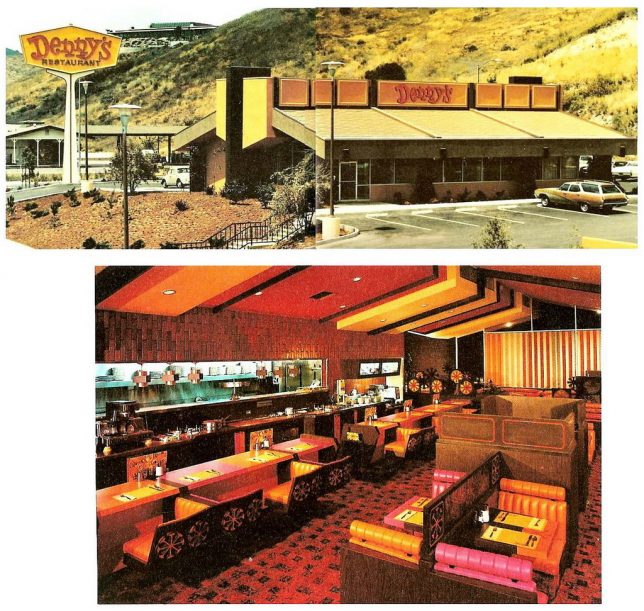
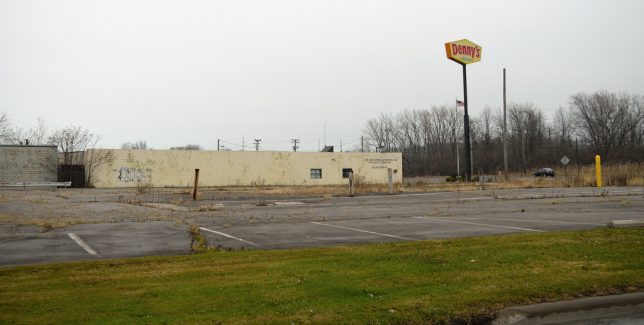









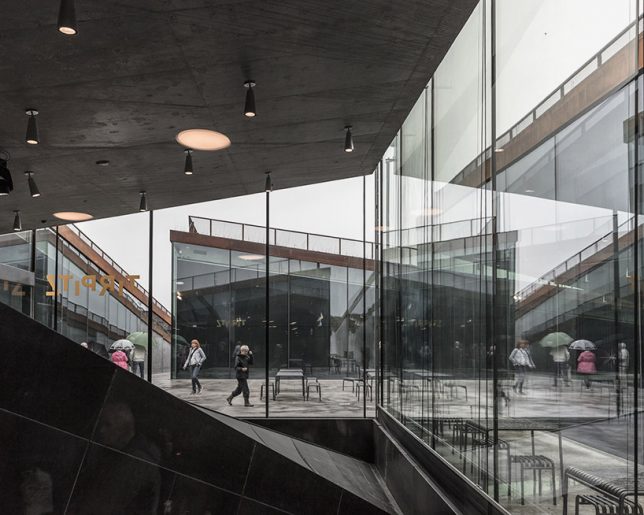

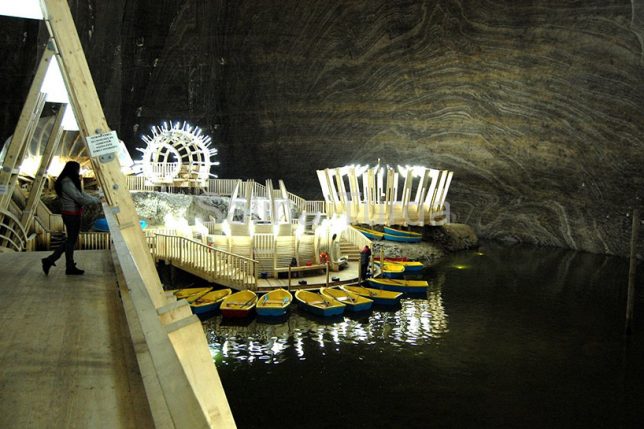














You must be logged in to post a comment.